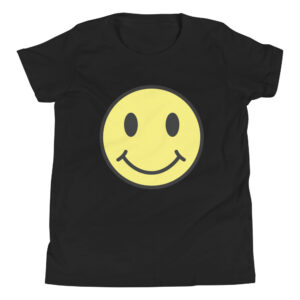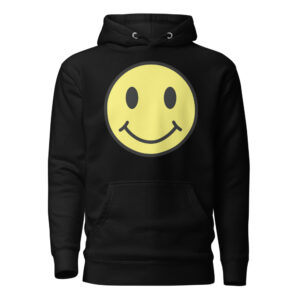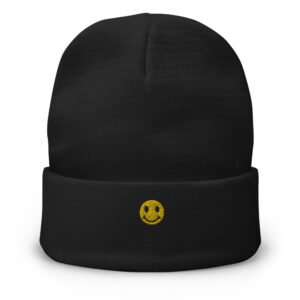The New Rules of Sustainable Shopping
In recent years, sustainable fashion has transformed from a niche movement into a mainstream trend that is reshaping the way people shop for clothes. Consumers are becoming more conscious of the environmental and ethical impact of their fashion choices, and brands are responding by offering sustainable alternatives. This shift is not only influencing buying habits but also redefining the entire shopping experience.
The Rise of Conscious Consumers
The demand for sustainable fashion is largely driven by a new wave of conscious consumers who care about the origin and impact of their clothing. People are now asking questions like “Who made my clothes?” and “What materials were used?” before making a purchase. This mindset is shifting the fashion industry’s focus from fast fashion, which emphasizes cheap, disposable clothing, to more sustainable and eco-friendly options.
Brands that prioritize transparency and ethical practices are becoming more popular, as consumers increasingly value environmental and social responsibility. This change in consumer behavior is prompting fashion companies to rethink their production methods and supply chains to meet these new expectations.
Sustainable Materials Leading the Charge
One of the key ways sustainable fashion is changing the shopping experience is through the use of eco-friendly materials. Brands are experimenting with organic cotton, recycled fabrics, and even innovative textiles like mushroom leather and plant-based fibers. These materials not only reduce the environmental footprint of clothing production but also offer consumers a greater sense of connection to the natural world.
Sustainable fabrics are often more durable and high-quality than their fast-fashion counterparts, meaning shoppers are investing in pieces that last longer. This shift away from disposable fashion encourages thoughtful consumption and reduces waste in landfills.
Slower Fashion, More Meaningful Choices
Sustainable fashion promotes a slower approach to shopping, encouraging consumers to make more meaningful choices rather than buying impulsively. Instead of chasing every trend, shoppers are becoming more selective, focusing on timeless, versatile pieces that can be worn for years.
This change is also influencing the shopping environment itself. Many sustainable fashion brands are opting for smaller, curated collections rather than overwhelming consumers with an endless stream of new items. This approach creates a more personalized and enjoyable shopping experience, where quality is prioritized over quantity.
The Rise of Secondhand and Rental Markets
Another significant way sustainable fashion is reshaping the shopping experience is through the rise of secondhand and rental markets. Thrift stores, online resale platforms, and clothing rental services are growing in popularity as more consumers look for ways to reduce waste and give clothes a second life.
Renting or buying secondhand offers an eco-friendly alternative to purchasing new items, while also giving consumers access to high-quality, designer pieces at a fraction of the cost. This circular approach to fashion not only reduces the demand for new clothing production but also promotes a culture of reuse and sustainability.
Technology’s Role in Sustainable Shopping
Technology is playing a major role in transforming the sustainable fashion shopping experience. Many brands are using digital platforms to offer greater transparency about their sourcing and manufacturing processes. QR codes, blockchain technology, and mobile apps now allow consumers to trace the journey of their clothing from raw materials to the finished product.
Online platforms and mobile apps also make it easier for shoppers to find and purchase sustainable fashion. Whether through curated online marketplaces, sustainable fashion directories, or AI-powered personal shopping assistants, technology is helping consumers make informed, eco-conscious decisions with ease.
How Mindful Fashion Choices Can Transform Your Wardrobe
Sustainable fashion is not just a trend—it is a movement that is changing the shopping experience in profound ways. As consumers become more mindful of their fashion choices, the industry is responding with innovative, eco-friendly materials, slower production cycles, and alternative ways to shop. By embracing sustainable fashion, we can reduce the negative impact of the fashion industry on the environment while still enjoying stylish, high-quality clothing that stands the test of time.






